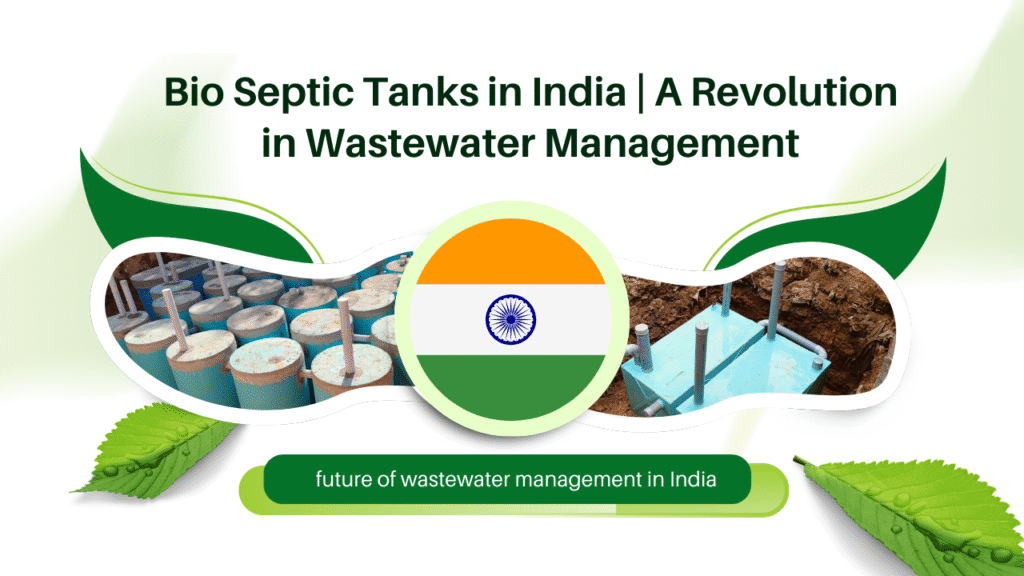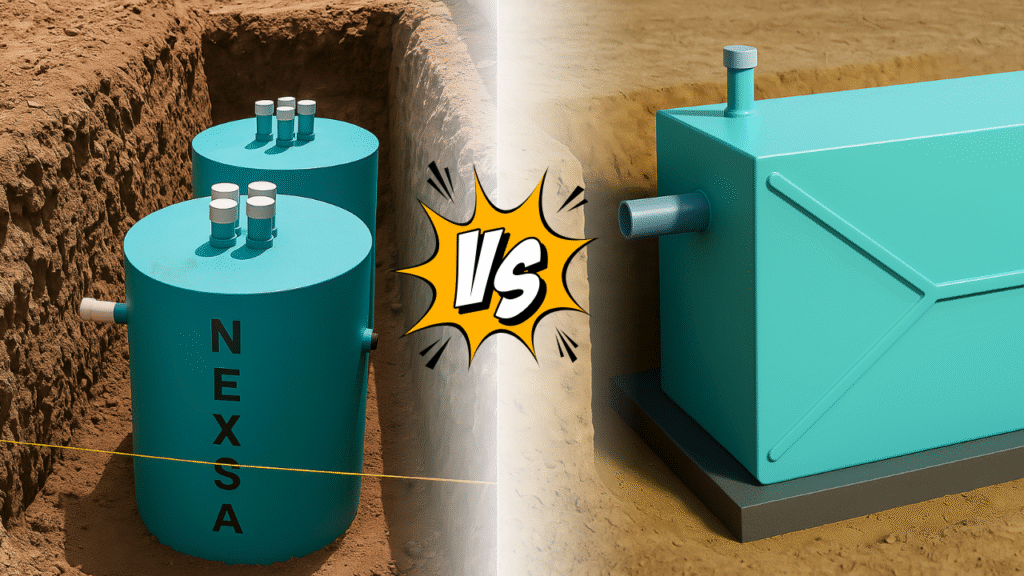Bio Septic Tanks in India | A Revolution in Wastewater Management

Home About Us Products STP/ETP RCC BIO DIGESTER FRP BIO DIGESTER SS TRAP BOM RO Projects & Events Blog Contact X Free Consulting How Bio Septic Tanks Are Revolutionizing Wastewater Management in India India faces a growing challenge in managing wastewater due to rapid urbanization,population growth, and industrial expansion. Traditional septic tanks often causegroundwater pollution […]
RCC vs FRP Bio Septic Tanks – Which is the Right Choice for You?

Home About Us Products STP/ETP RCC BIO DIGESTER FRP BIO DIGESTER SS TRAP BOM RO Projects & Events Blog Contact X Free Consulting RCC Vs FRP Bio Septic Tanks Which is the Right Choice for You? Managing wastewater effectively is a growing necessity in today’s world. With the rise of eco-friendly technologies, bio septic tanks […]
